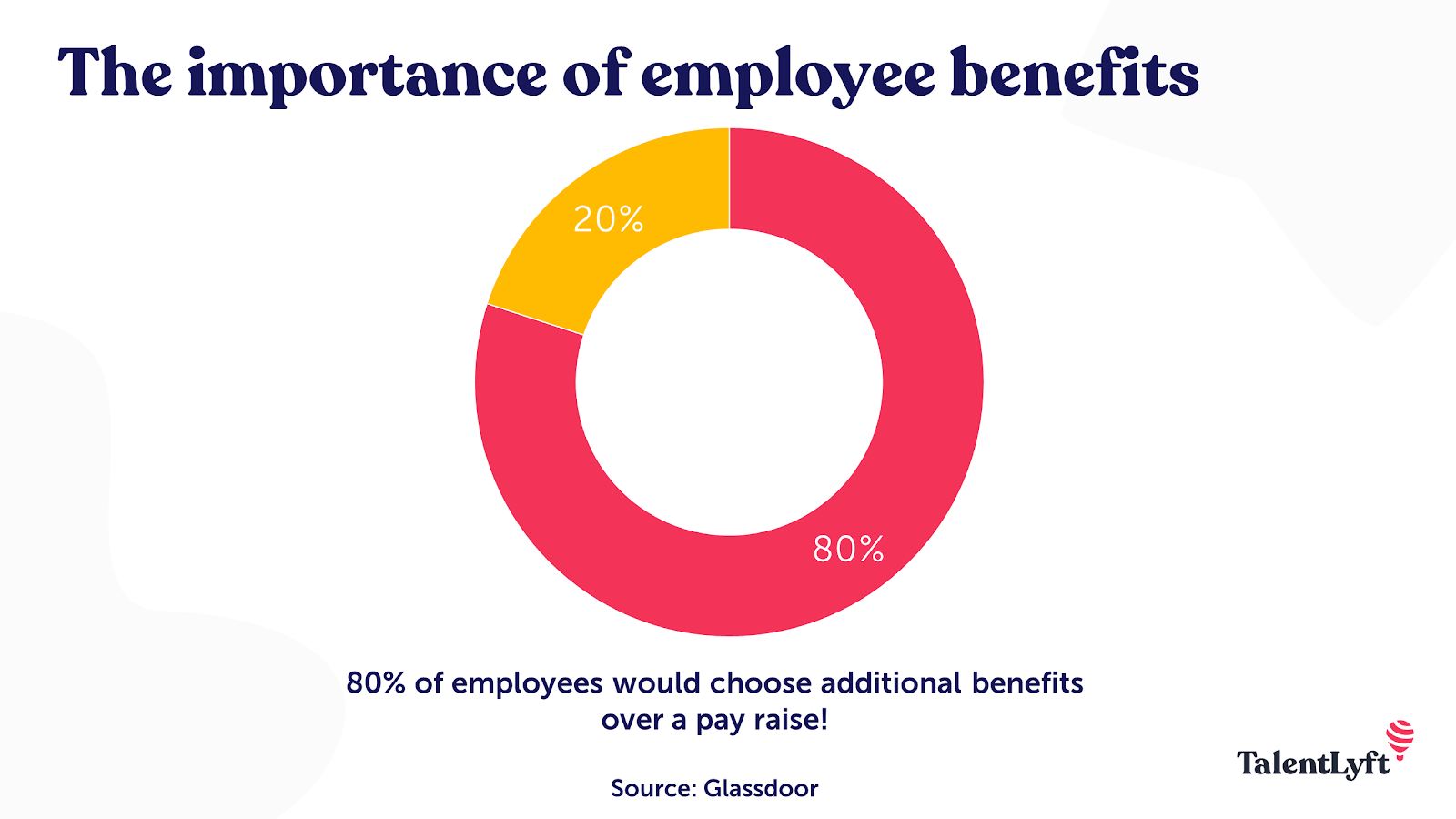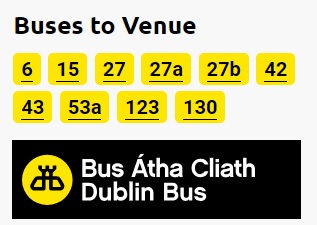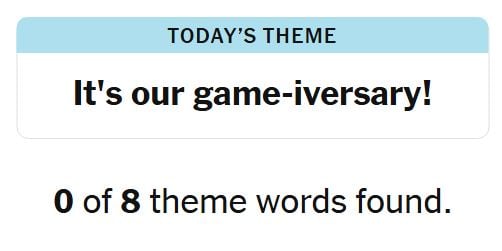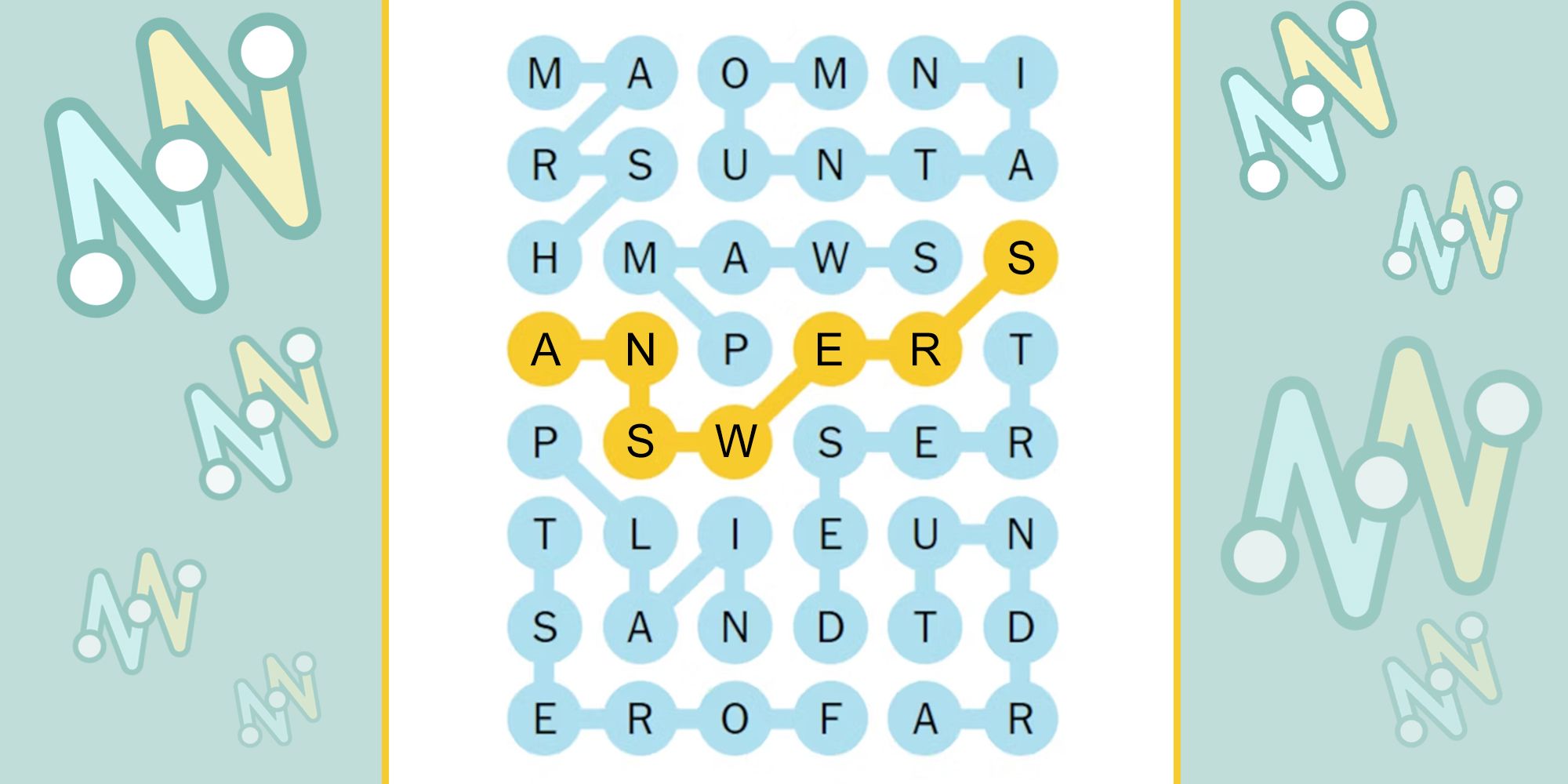The Roberts Court And Religious Freedom: Examining The Blurring Of Church And State Lines.

Table of Contents
Landmark Cases Shaping the Roberts Court's Approach to Religious Freedom
Several key Supreme Court cases decided under Chief Justice Roberts have significantly impacted religious freedom jurisprudence, altering the established understanding of the interplay between religious liberty and the separation of church and state. These cases have often involved the intricate balancing act between the Free Exercise Clause and the Establishment Clause of the First Amendment.
-
Burwell v. Hobby Lobby Stores, Inc. (2014): This case centered on the Affordable Care Act's mandate requiring employers to provide contraception coverage. The Court ruled in favor of Hobby Lobby, a closely held for-profit corporation, granting a religious exemption based on the Religious Freedom Restoration Act (RFRA). This decision broadened the scope of religious exemptions for for-profit corporations, sparking significant debate about the implications for the separation of church and state and the limits of religious liberty claims in the commercial sphere. The dissenting justices argued that the ruling undermined established precedent protecting women's health access.
-
Masterpiece Cakeshop, Ltd. v. Colorado Civil Rights Commission (2018): This case involved a baker who refused to create a wedding cake for a same-sex couple, citing religious objections. The Supreme Court ruled narrowly in favor of the baker, focusing on potential bias in the state commission's proceedings rather than directly addressing the broader issue of religious exemptions from anti-discrimination laws. This decision left many questions unanswered regarding the scope of religious exemptions in public accommodations, fueling ongoing legal and political battles over religious liberty and LGBTQ+ rights.
-
Carson v. Makin (2022): This case involved the question of whether Maine could exclude religious schools from a tuition assistance program available to students in areas without public secondary schools. The Court ruled that excluding religious schools violated the Free Exercise Clause, establishing a significant precedent for government funding of religious institutions. This decision has far-reaching implications for the Establishment Clause, with critics arguing it blurs the lines between church and state.
The Shifting Balance: Religious Exemptions and Public Accommodations
The Roberts Court's approach to religious freedom has significantly impacted the balance between religious liberty claims and anti-discrimination laws, particularly in the context of public accommodations. This conflict arises from the tension between the Free Exercise Clause, which protects the right to practice one's religion freely, and laws prohibiting discrimination based on factors like sexual orientation, religion, or gender identity.
- The Court's decisions have wrestled with the question of whether individuals or businesses can claim religious exemptions from generally applicable laws, leading to an ongoing debate about the appropriate limits of such exemptions.
- Arguments in favor of expanding religious exemptions often emphasize the importance of protecting religious conscience and the potential infringement on religious freedom posed by anti-discrimination laws.
- Conversely, arguments against expanding religious exemptions highlight the potential for such exemptions to facilitate discrimination against protected groups and undermine the principles of equality and non-discrimination. The “compelling interest test” – a legal standard used to determine whether a government action that restricts religious freedom is justified – is at the heart of many of these disputes.
The Role of the Establishment Clause in the Roberts Court's Decisions
The Roberts Court's interpretation of the Establishment Clause, which prohibits government establishment of religion, has played a crucial role in shaping its approach to religious freedom. The Court's decisions have raised concerns about the potential weakening of the separation of church and state.
- Cases involving government funding of religious schools or organizations have been at the forefront of this debate. The Court's decisions in these cases have often involved scrutiny of the "Lemon test" – a three-pronged standard for evaluating whether government actions violate the Establishment Clause – and other legal standards designed to maintain neutrality between church and state.
- The ongoing debate surrounding the meaning of neutrality and government endorsement of religion highlights the inherent complexities of balancing religious freedom with the Establishment Clause. The Court's interpretation of what constitutes "endorsement" remains a subject of significant contention.
Criticisms and Future Implications of the Roberts Court's Approach
The Roberts Court's approach to religious freedom and the separation of church and state has faced significant criticism from various perspectives.
- Critics express concern that the Court's decisions have the potential to lead to increased religious discrimination or erode the traditional understanding of the separation of church and state. Arguments exist for both stricter judicial restraint and more lenient interpretations of religious freedom protections.
- The long-term implications of the Court's rulings are uncertain. However, the decisions are likely to continue to shape legal battles over religious exemptions, public accommodations, and government funding of religious institutions. The future of religious freedom in the US is undeniably tied to the Court’s ongoing interpretation of the Constitution.
Conclusion: The Roberts Court, Religious Freedom, and the Ongoing Debate
The Roberts Court's decisions have significantly altered the landscape of religious freedom in the United States, profoundly impacting the delicate balance between religious liberty and the separation of church and state. The Court's interpretation of the Free Exercise and Establishment Clauses has led to both praise and fierce criticism, raising complex questions about religious exemptions, public accommodations, and government funding of religious institutions. Understanding the complexities of the Roberts Court and religious freedom requires ongoing critical engagement. Continue the conversation by researching relevant Supreme Court cases and engaging in informed discussions about the future of religious liberty in America. The ongoing debate surrounding the Roberts Court and religious freedom will undoubtedly shape the legal and political landscape for years to come.

Featured Posts
-
 Sounesss Double Channel Swim A Daring Feat For A Worthy Cause
May 02, 2025
Sounesss Double Channel Swim A Daring Feat For A Worthy Cause
May 02, 2025 -
 The Impact Of Trumps Tariffs On The Auto Industry
May 02, 2025
The Impact Of Trumps Tariffs On The Auto Industry
May 02, 2025 -
 Understanding The Value Of Middle Management Benefits For Employees And Companies
May 02, 2025
Understanding The Value Of Middle Management Benefits For Employees And Companies
May 02, 2025 -
 Dublin Concert Loyle Carner Plays 3 Arena
May 02, 2025
Dublin Concert Loyle Carner Plays 3 Arena
May 02, 2025 -
 Fortnite V34 30 Update Sabrina Carpenter Skin New Features And Patch Notes
May 02, 2025
Fortnite V34 30 Update Sabrina Carpenter Skin New Features And Patch Notes
May 02, 2025
Latest Posts
-
 Strands Nyt Friday March 14th Answers And Hints For Puzzle 376
May 10, 2025
Strands Nyt Friday March 14th Answers And Hints For Puzzle 376
May 10, 2025 -
 Nyt Strands Game 376 Solutions And Clues For March 14
May 10, 2025
Nyt Strands Game 376 Solutions And Clues For March 14
May 10, 2025 -
 Nyt Strands Game 366 Hints And Answers March 4th
May 10, 2025
Nyt Strands Game 366 Hints And Answers March 4th
May 10, 2025 -
 Nyt Strands Solutions For Tuesday March 4th Game 366
May 10, 2025
Nyt Strands Solutions For Tuesday March 4th Game 366
May 10, 2025 -
 Nyt Strands Hints And Answers Tuesday March 4 Game 366
May 10, 2025
Nyt Strands Hints And Answers Tuesday March 4 Game 366
May 10, 2025
